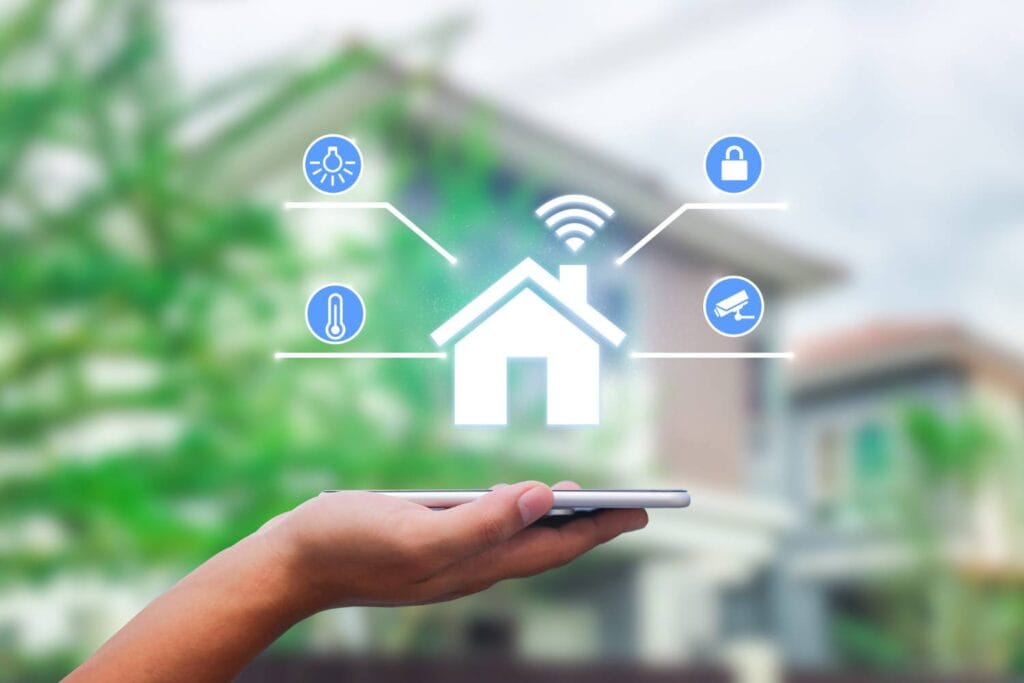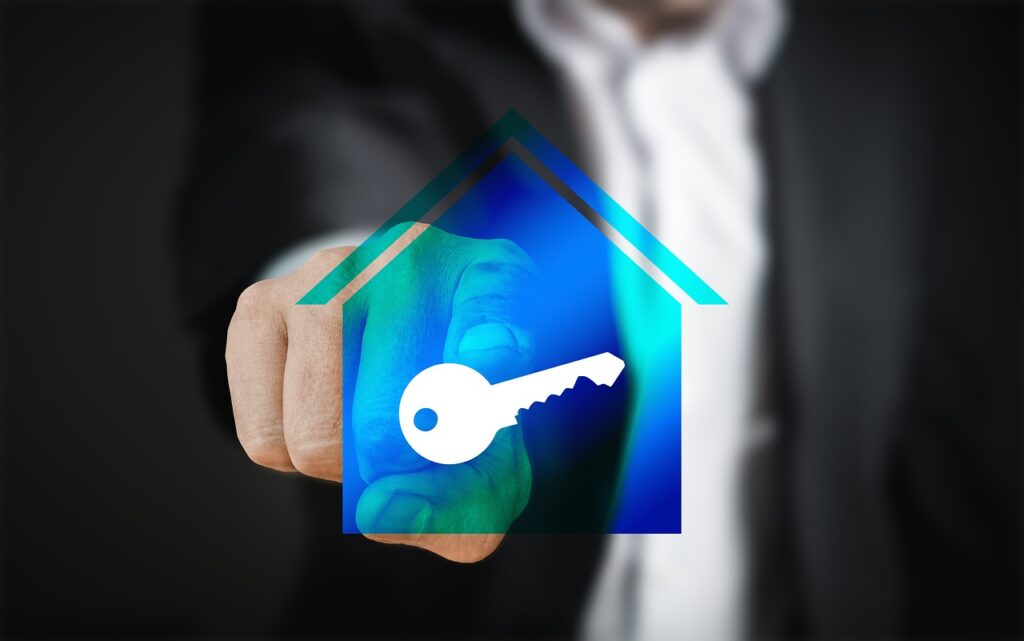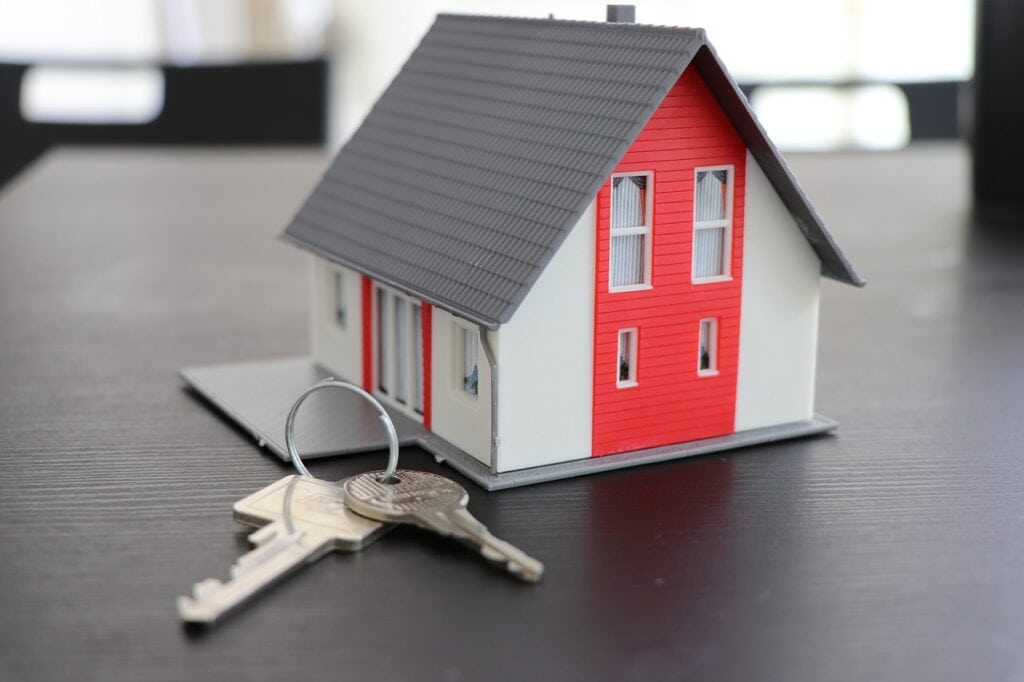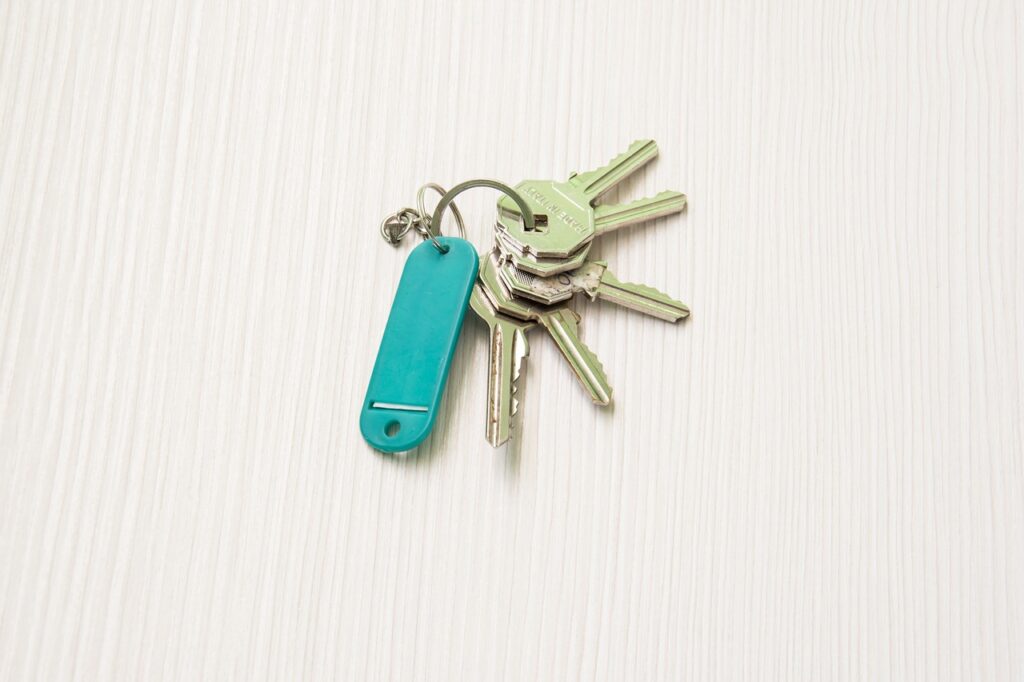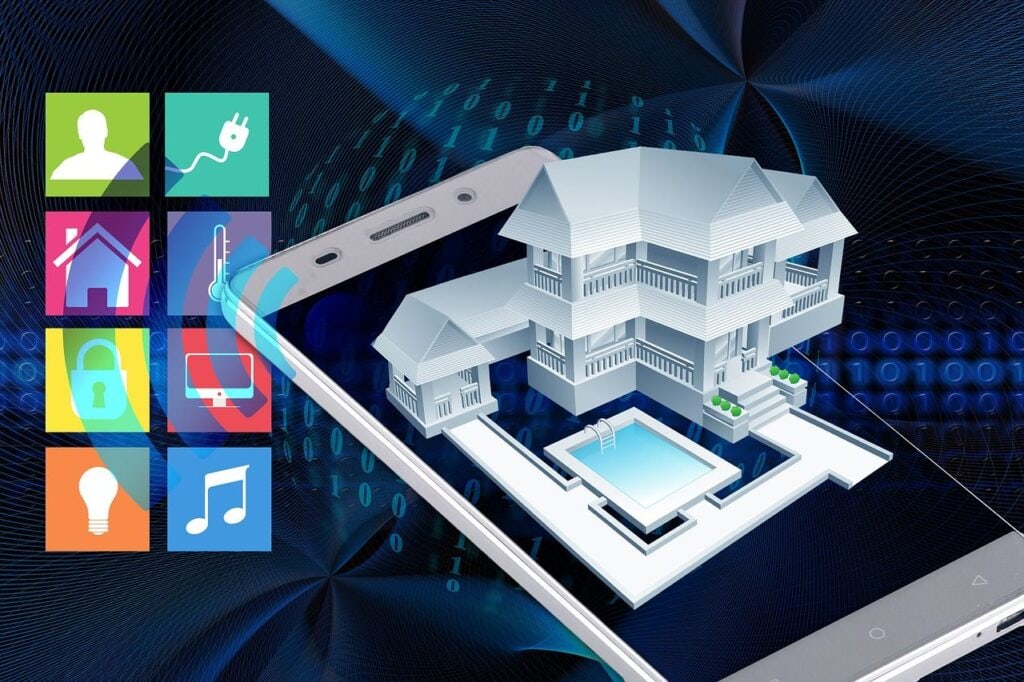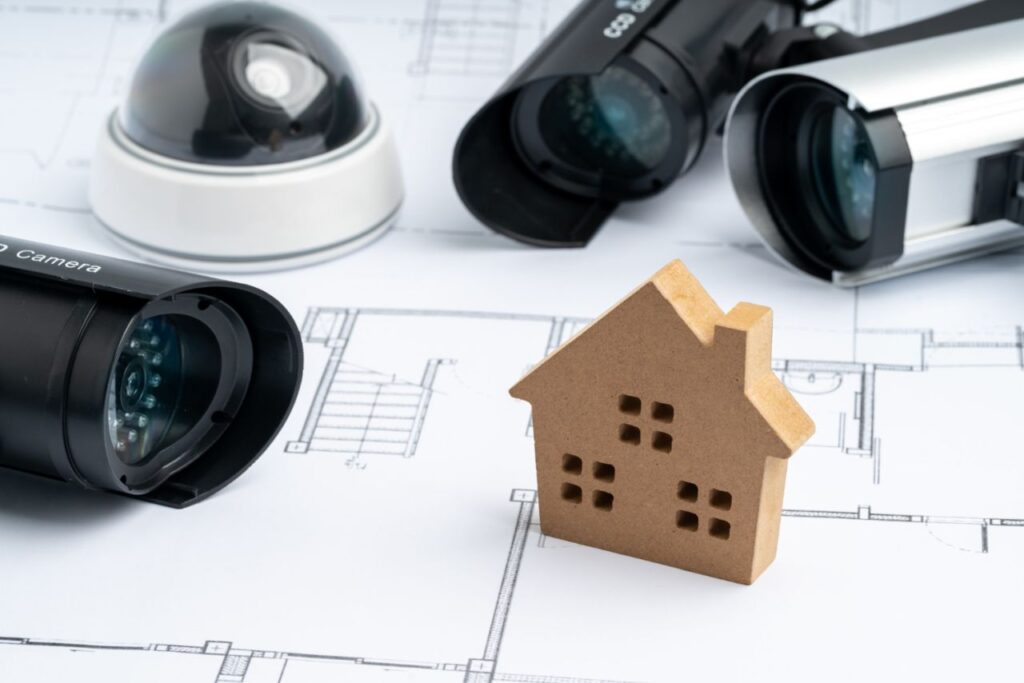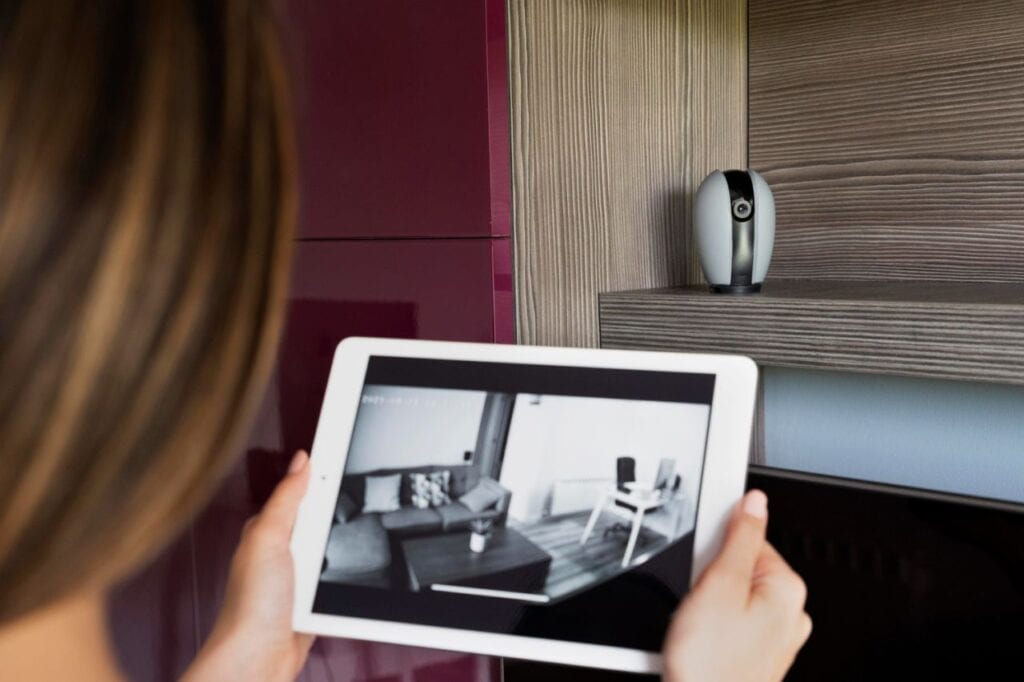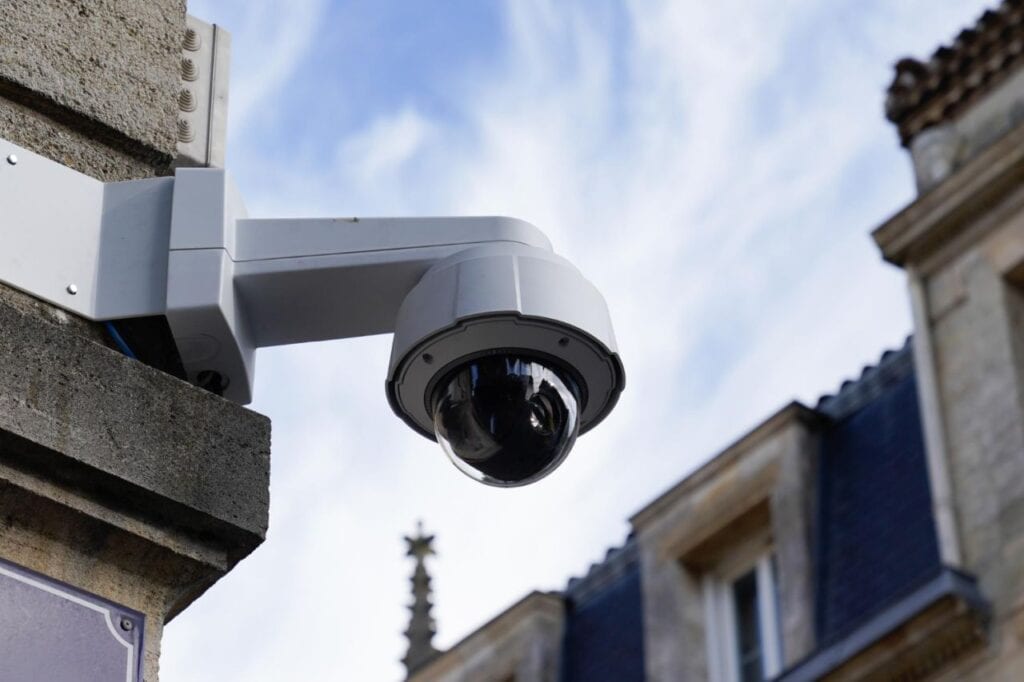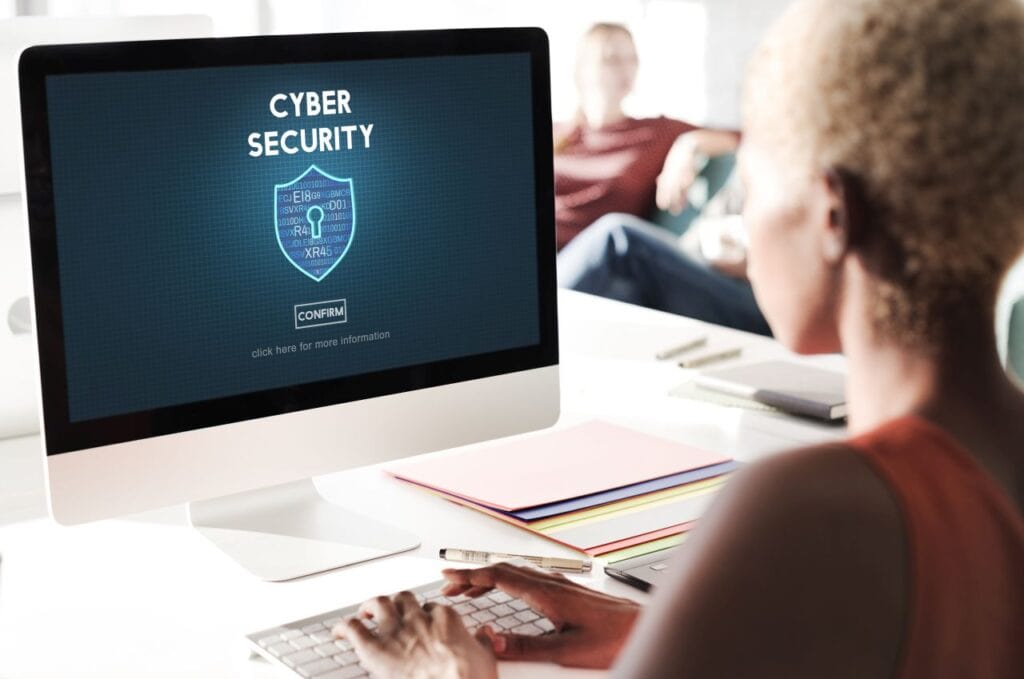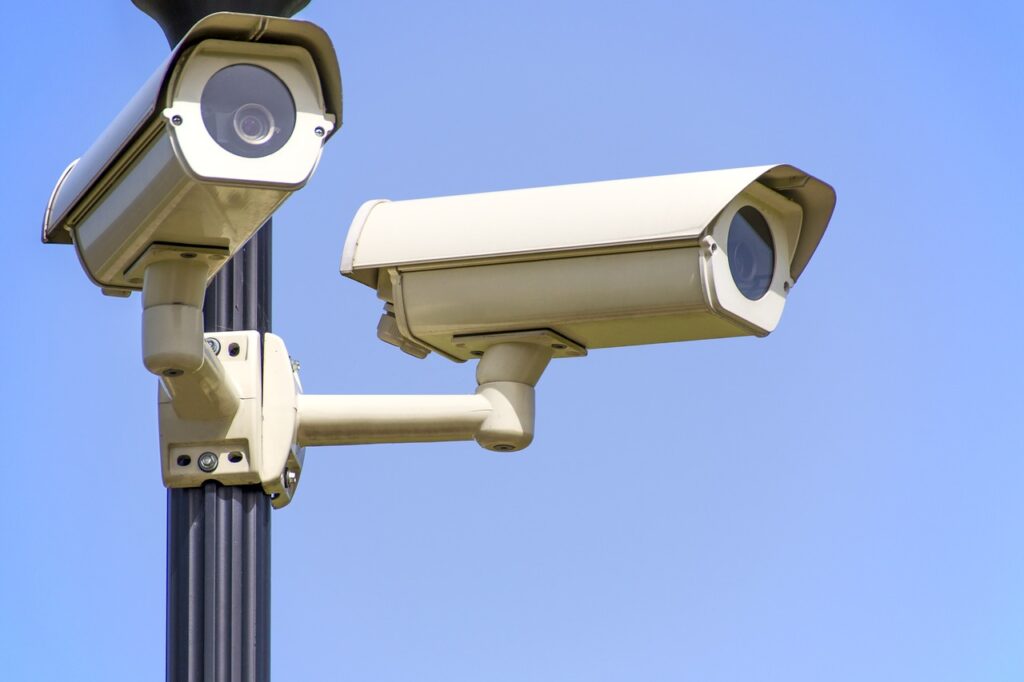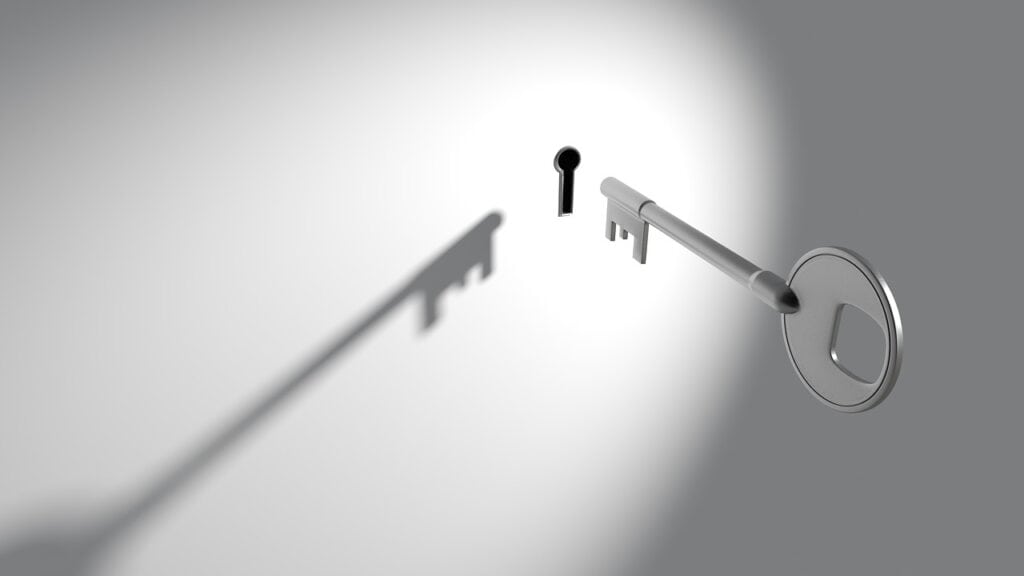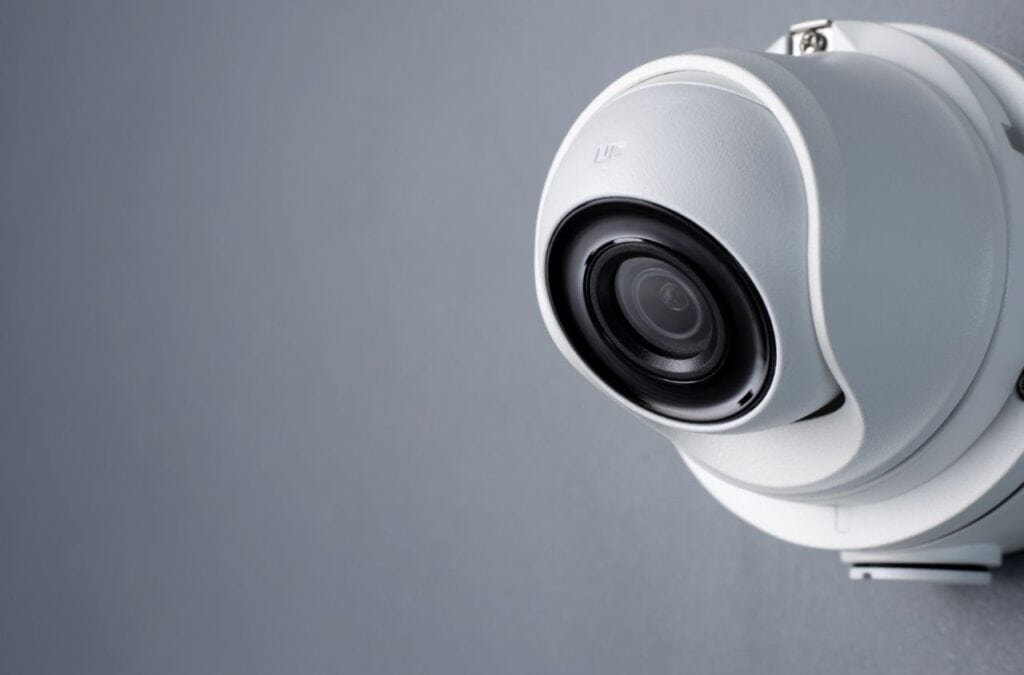Integrating high-tech home security systems begs the topic of privacy, which in turn necessitates rules and laws to guarantee the ethical and responsible application of these tools.
Security cameras, smart doorbells, and other networked devices in these systems gather, store, and share personal information, which raises privacy concerns. In response to these concerns, several governments have passed laws and established standards meant to protect citizens' right to privacy online.
Existing privacy regulations in several jurisdictions address home security systems, highlighting the importance of transparency and permission. In order to comply with these regulations, homeowners must notify anybody living in or visiting their property of the existence of any surveillance equipment and explain the purpose and extent of data collecting.
Individuals within the surveillance area must be made aware of and given their consent for the recording and monitoring to take place, so consent mechanisms like prominent signs or notices are crucial.
Things To Consider Before Buying A Smart Home Security System
Many people believe that installing a smart home security system is an easy and inexpensive approach to keep their homes safe. But when you start buying and putting them up without first educating yourself, it doesn't take long for a setup to become unduly complicated or expensive.
So that you know what to seek for and how much to budget for, this article will lead you through a few key considerations. Before you purchase a smart home security system, make sure you know everything about the various types of systems and their scalability.
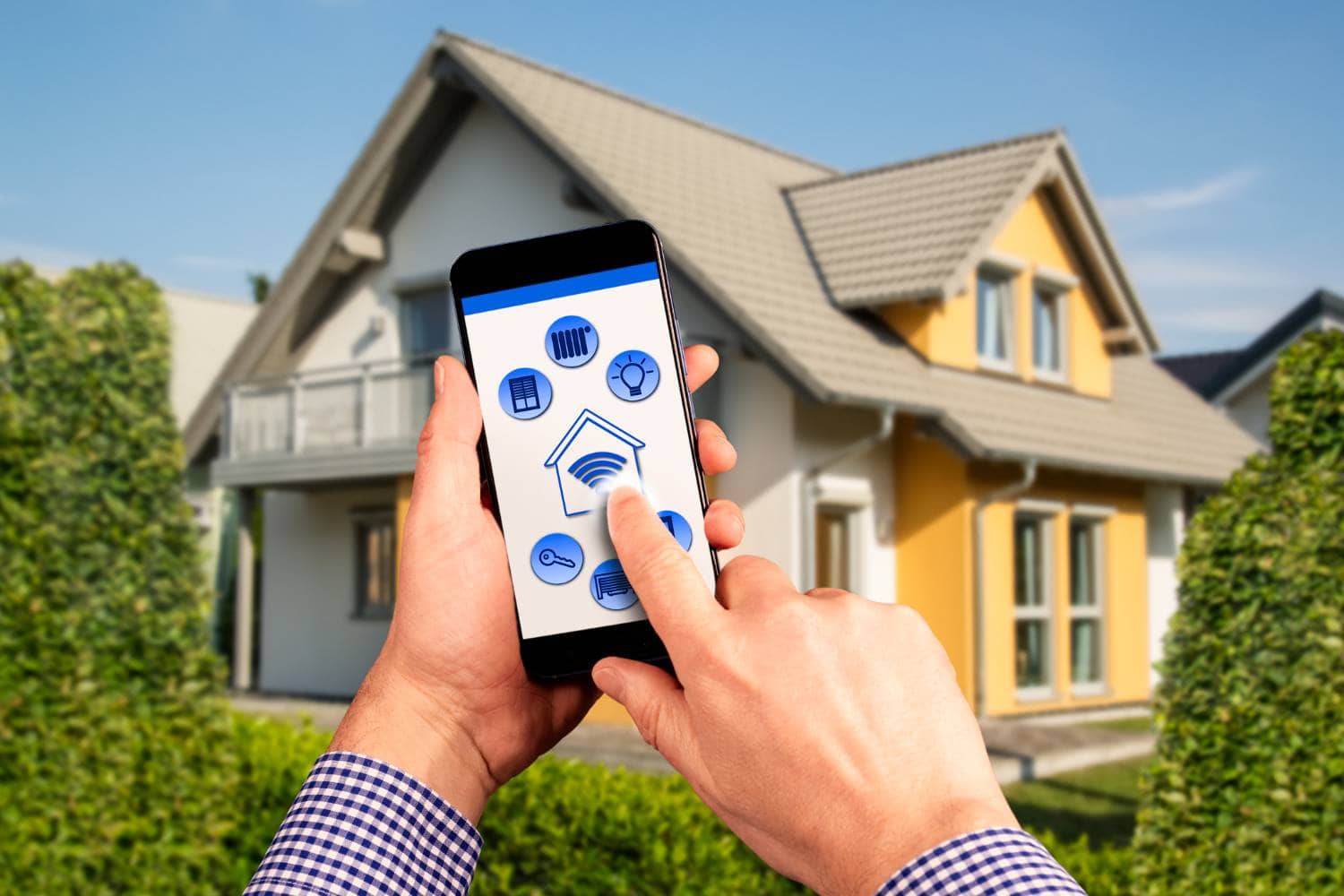
Needs For Security
What you need to keep your home safe will determine your specific security demands. Consider the size of your home and the local crime rate when deciding how serious the system is. Invest in a state-of-the-art security system equipped with motion detectors to ward off would-be burglars and porch pirates.
A video doorbell or basic exterior camera will be more than enough for a tiny house. On the other hand, a more elaborate system can be desirable for a large residence. To cover every possible entrance point, this can need a vast network of cameras, motion detectors, and alarms.
Different System Types
After you have a rough notion of how complicated your home security system has to be, you can start looking into your possibilities. Two considerations, connectivity and monitoring, will determine the system type you choose.
These days, the vast majority of systems are wireless, which allows for more mobility, simpler setup, and less upkeep. Remember that wired systems are typically more long-lasting because signal strength isn't an issue. The major drawback of wired systems is the amount of drilling and rewiring that is necessary.
Regarding monitoring, the majority of security systems enable you to self-monitor the data or film collected by motion sensors and cameras. In the long run, it will save you money compared to hiring a professional security firm. You'll be responsible for managing alarms on your own, without the added peace of mind that comes with expert monitoring.
As an alternative, you can opt for professional monitoring services if you value prompt emergency response and the assistance of knowledgeable individuals. Despite its superior security, this alternative is more expensive owing to the high monthly rates. Then, unless you or your family are in imminent danger, or if your home is too large for you to personally oversee, there's really no reason to pay for this service.
Expenses
Get a good estimate of the total cost of your home security system before you start shopping. Aside from the initial investment, you'll also have to account for ongoing expenses like maintenance and upgrades.
The purchase price of the security system and the associated installation fees make up the initial outlay of funds. Depending on the equipment you buy and their quality, this upfront expense can add up fast.
Another expense that many homeowners fail to account for is the cost of maintenance. The expense of maintaining an up-to-date system should be considered. Included in this is the frequency with which various sensors, cameras, and alarms require battery replacement.
If you're going to use a used system to save money in the beginning or a complex system with a lot of moving parts, you should keep in mind that you could have to upgrade the system as a whole at some point.
Features And Equipment
The market for smart home security systems is massive. Consequently, you have a plethora of options when it comes to gadgets and functionality. Considering the equipment's intended use is the surest approach to determine its necessary specifications.
A smart home doorbell, for instance, can let you know who's at your door by establishing a connection between your phone and the device. Resolution, picture quality, night vision modes, and an integrated microphone are all important features to look for in a smart doorbell because they enhance your ability to communicate with visitors.
The same holds true for the various sensors and alarms that are on the market. You have the option to review detectors that detect motion, water leakage, noise, and glass breakage. Keep in mind that each of these detectors can have a unique set of supplementary characteristics. If you want a more secure home, the general rule is that more sensors are better.
Strong mobile device integration is the most important characteristic to look for in a smart home security system. Using your mobile phone, tablet, or even a wearable device, you might remotely keep an eye out for any questionable behaviour.
Steps For Installing
Two things will determine how long it takes to install your home security system: your level of comfort with technical details and the complexity of your system.
Included with many security systems are the necessary components and instructions for a do-it-yourself installation. Connecting the sensors and cameras to your Wi-Fi is all that's needed.
However, having a professional install more complex security systems is a must. They may necessitate the incorporation of your other smart home devices and are accompanied by intricate cabling.
A susceptible home is the last thing you need, so be careful not to misconfigure the system. Therefore, before you buy a home security system, make sure you study the facts and reviews left by previous customers. Make note of the installation instructions; are they straightforward or convoluted?
The Ability To Expand
Make sure that additional accessories may be simply added to your smart home security system as you create it.
If you want to install additional cameras and sensors, for instance, you shouldn't have to replace the whole system. A costly error awaits you if that is not the case.
Imagine this: you decide to install a smart home security system, but you decide to keep it simple with only two cameras. You intend to upgrade the number of cameras (and variety) in a year or two. On that fateful day, you've settled on the requirement for wide-angle cameras with capabilities like facial recognition and extended coverage. Unfortunately, these cameras aren't compatible with your present home security system.
Either acquire a whole new system or give up on any hopes of upgrading. To avoid this, choose a system that can grow with your needs and works with a wide range of devices, even if it's a basic one.
Device Interoperability
Compatible with a wide variety of ecosystems and third-party devices, the top smart home security systems will offer peace of mind. To ensure that all of your devices are continuously communicating with one other, proper integration is crucial. As an example, your home security system may allow you to remotely approve or prohibit entry if you have smart locks installed.
Also, if your system senses motion in the middle of the night, it can activate your smart lights to their maximum brightness, illuminating the intruder and warding them off. Because of this, your cameras will have ample of light to record their faces accurately.
Determine whether your home security system is Alexa-or other voice assistant-compatible. Using your voice is more convenient than manually monitoring the footage, and this will help you set up smart home routines.
A Guide To Evaluating Your Home's Security Systems
A lot of homeowners want to have their security systems monitored around the clock.
Sleep better at night with the knowledge that assistance is on the way in the event of an attempted break-in, thanks to the peace of mind provided by 24/7 monitoring.
Many homeowners have an inflated sense of safety, which is the root of the problem. In the case of a fire or burglary, they honestly think their system will rescue them. Will it, though?
Homeowners trust a method of security that might or might not be functioning properly because, despite the comfort and certainty they believe they are obtaining, the majority of them never test their system.
This is why testing home security systems on a regular basis is something Security Alarm advocates.
Evaluation of a Home Security System
Get in touch with your home security system supplier by phone to get the specific instructions for entering test mode before you test your system. Once your system is set to test mode, the signal being provided to the monitoring firm will be ignored, ensuring that rescue teams do not experience false alarms.
To proceed, you must choose between a full system test and a partial test to ensure the alarm system is transmitting signals.
All Functions of Home Security System
To make sure a system is working properly, set your alarm to go off just like you're going to leave the house. Next, it is imperative that all devices undergo thorough testing. It is recommended to leave windows and doors ajar and to knowingly stroll in front of motion detectors to trigger them.
After everything is checked and double-checked, the system can be reset and the monitoring business can confirm that all the tested devices sent alarm signals.
Evaluation of a Home Security System
After you've armed your alarm system as usual before leaving the house, you can perform a partial test by tripping only one device instead of all of them.
Make that the alarm signal went out by contacting your monitoring service once you've checked the selected device. once that, reset the system.
Your alarm system's proper communication is confirmed by this partial test.
How Often Should My Home Security System Be Tested?
The law does not mandate that residential properties or small businesses test their alarm systems on a regular basis, in contrast to commercial enterprises.
Smoke detectors and other fire safety equipment aren't standard features in all home security systems. Those who do should prioritise testing those devices on a monthly basis.
It is important to test your home security system regularly, not only when you think it's necessary but also after any kind of maintenance or repair has been done to your property.
Some common examples of activities that could unintentionally disrupt your home security system include tree removal, remodelling, and work on your phone or cable connections.
Benefits Of Home Security Systems
The most modern home security systems have a plethora of advanced features. Is a smart burglar alarm system something you should look at if you want to add or improve home security? Furthermore, what are the extra benefits offered by the most recent systems? A few of the primary advantages are listed below.
They Are Remotely Operational
You have to keep track of when to arm and disable traditional systems. In fact, smart systems will notify you if they are unarmed and can be controlled remotely from any location using a laptop or mobile device.
In actuality, with remote monitoring, you can let anyone in—whether they're cleaners, contractors, or dog walkers—and know that your home is safe when they depart. No matter where you are, you may hold chats with them thanks to the two-way talk feature.
False alarms are eliminated by them.
Both you and your neighbours may find false alarms to be an annoyance. Using a smart system allows you to remotely monitor your house, which practically eliminates false alarms. It's also easy to quickly determine if there is a serious threat and reset the system if needed.
Updates in Real Time
Notifications can also be sent by smart security systems. For instance, you wouldn't have to go home to fix an unlocked door or window.
They Effectively Discourage
The usual goals of a burglar are an easy path in and a speedy exit. The thought of being videotaped or remotely observed while they work is something they strongly dislike. Posting prominent notices about your smart alarm system will make it more likely that they'll leave you alone and go after something easier.
While package theft is expanding at an exponential rate, burglaries are actually on the decline, according to statistics. Someone has come to your door? A highly visible smart camera can let you know and even chat with them. You can protect your deliveries from these opportunistic thieves just by making them aware that they can be filmed.
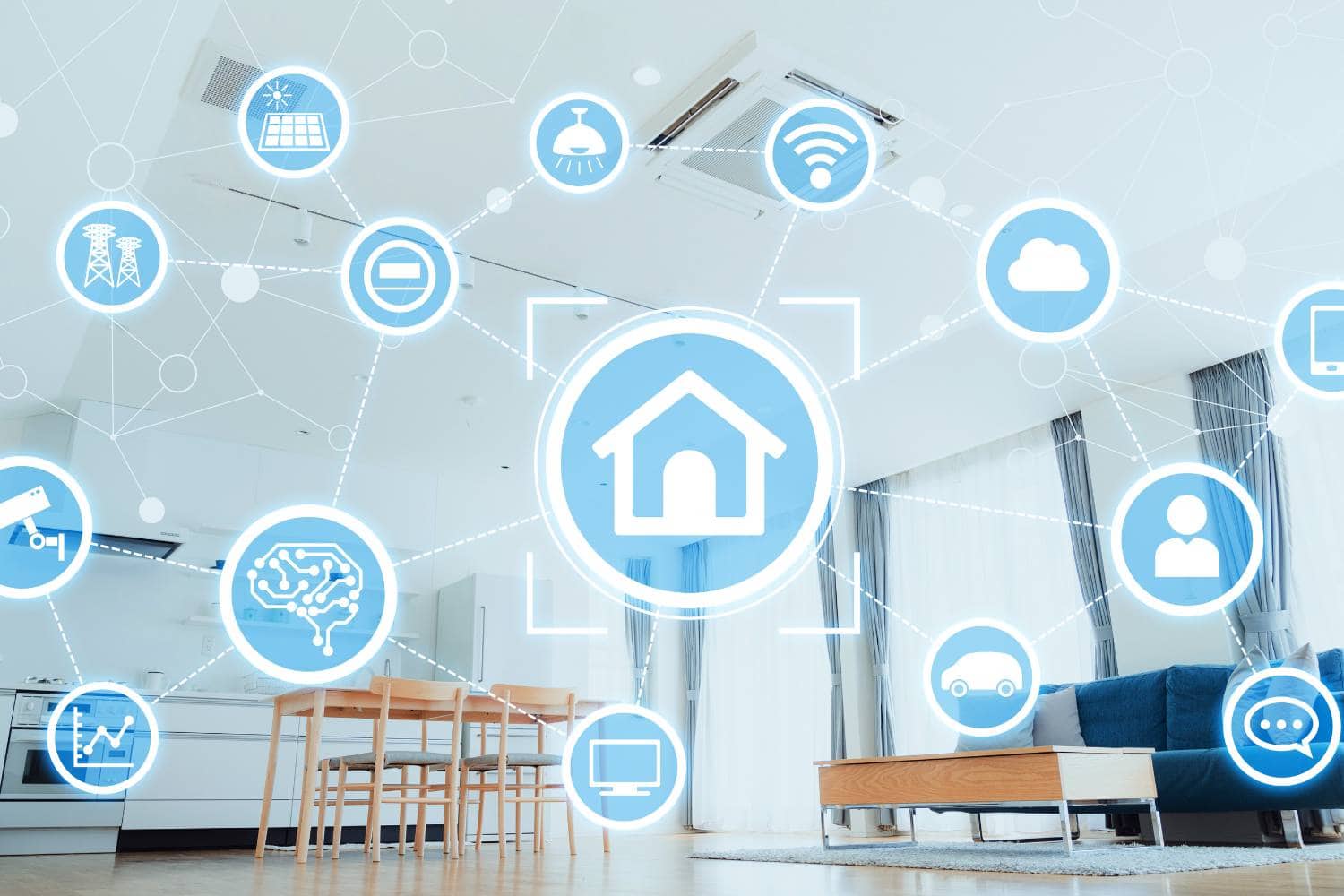
Their Disabling Is More Difficulty
Smart systems use wireless technology, which is different from traditional systems. An advantage is that a house invader can't disconnect your phone or internet connections, so you can't communicate with the outside world. Even if you were unable to access the system, it would still trigger an alarm because most systems are monitored centrally.
You Can Keep An Eye On Your House With Them In Real Time
Everyone wants to know that their loved ones are secure at home when they are abroad. Smart camera systems provide monitoring in real-time. If you want to make sure your teen is actually completing their schoolwork and not taking advantage of the situation, or if you want to know that your dog isn't lounging on your favourite couch, you can easily check.
They Are a Smart Investment
Your insurance rates might go down if you install a smart home security system. If you take measures to make your home less appealing to would-be intruders, you can avoid having to replace damaged or stolen belongings or deal with insurance companies.
Conclusion
Privacy concerns have led to the development of privacy regulations for home security systems. These regulations emphasize transparency and consent, requiring homeowners to inform others about surveillance equipment and the purpose of data collection. Some regions have also introduced legislation controlling face recognition technology to protect privacy. To ensure a balance between personal privacy and security measures, it is crucial to educate yourself about different types of systems and their scalability.
Consider your specific security needs, such as size and crime rate, and choose between wireless and wired systems. Self-monitoring systems can save money compared to professional monitoring services, while professional monitoring services offer prompt emergency response. Additionally, consider the costs of maintenance and upgrades, including the cost of replacing batteries and upgrading systems.
Smart home security systems offer a wide range of features and equipment, including doorbells, sensors, alarms, and mobile device integration. The installation process depends on your comfort with technical details and the complexity of the system. Do-it-yourself installations are common, but professional installation is necessary for complex systems. It's important to choose a system that can grow with your needs and works with a wide range of devices.
Device interoperability is crucial for ensuring seamless communication between devices. Additionally, consider whether your system is Alexa-compatible for convenience. Regular testing is essential for ensuring the system is functioning properly and providing peace of mind. Contact your security system supplier for specific instructions and choose between full system tests and partial tests to ensure the alarm system is transmitting signals.
Home security systems are essential for maintaining safety and security. To ensure proper functioning, set the alarm off when leaving the house and thoroughly test all devices. Perform partial tests by tripping one device and contacting the monitoring service. The US Fire Administration recommends monthly testing of fire devices.
Regular testing is important after maintenance or repairs. Smart burglar alarm systems offer several benefits, including remote operation, eliminating false alarms, real-time updates, effective deterrence, difficulty in disabling, real-time monitoring, and being a smart investment. Installing a smart home security system can reduce insurance rates and prevent the need to replace damaged or stolen items. Regular testing is crucial for maintaining a secure home environment.
Content Summary:
- High-tech home security systems like security cameras and smart doorbells collect, store, and share personal information, raising privacy concerns.
- Governments have passed laws and standards to protect citizens' right to privacy online.
- Privacy regulations emphasize transparency and permission in home security systems.
- Consent mechanisms like prominent signs or notices are crucial for obtaining consent for surveillance.
- Concerns over data accuracy, consent, and potential abuse have led to legislation controlling the use of face recognition technology.
- These rules aim to preserve people's right to privacy while allowing for modern security mechanisms.
- Understanding the specific security needs of your home and the local crime rate is crucial.
- Different system types, including wireless and wired systems, are available depending on the complexity of the system.
- Most security systems allow self-monitoring of data or film collected by motion sensors and cameras.
- Professional monitoring services are more expensive due to high monthly rates.
- The initial outlay of funds includes the purchase price of the security system and installation fees.
- Maintenance costs include the frequency of battery replacements and the need for system upgrades.
- The market for smart home security systems is vast, offering a wide range of gadgets and functionality.
- Key features include a smart doorbell, sensors and alarms, and strong mobile device integration.
- The installation process depends on the level of technical knowledge and the complexity of the system.
- Do-it-yourself installation involves connecting sensors and cameras to Wi-Fi, while professional installation is required for complex systems.
- It's crucial to read reviews and installation instructions before buying a system to avoid misconfiguration.
- The ability to expand is essential, with the ability to add additional accessories without replacing the entire system.
- Device interoperability is crucial, with systems compatible with various ecosystems and third-party devices.
- The system should be Alexa-compatible to enable voice monitoring and help set up smart home routines.
- Many homeowners desire 24/7 monitoring of their security systems.
- Regular testing of the system is essential to ensure its functionality and effectiveness.
- Contact the home security system supplier for specific instructions on entering test mode.
- Choose between a full system test and a partial test to ensure the alarm system is transmitting signals.
- Set alarms to go off when leaving the house.
- Thoroughly test all devices, including windows and doors, and motion detectors.
- Reset the system and confirm that all tested devices sent alarm signals.
- Perform a partial test by tripping only one device before leaving the house.
- Contact the monitoring service to confirm the alarm signal went out.
- Reset the system.
- Law doesn't mandate regular system testing for residential properties or small businesses.
- Regular testing is important after property maintenance or repair.
- Remotely Operational: Smart systems can be controlled remotely from any location.
- Eliminates false alarms and allows quick detection of serious threats.
- Provides Real-Time Updates: Notifications can be sent to prevent needing to fix unlocked doors or windows.
- Effectively Discourage: Posting prominent notices about the smart alarm system can discourage burglars from attempting to break in.
- Difficult to Disable: Smart systems use wireless technology, preventing house invaders from disconnecting their phone or internet connections.
- Real-time Monitoring: Smart camera systems provide real-time monitoring of the home.
- A Smart Investment: Installing a smart home security system can lower insurance rates.
Frequently Asked Questions
Understand the data retention policies of your security system, including how long recorded footage and event logs are stored. Some systems allow customization of retention periods based on your preferences. Adjust these settings to align with your specific needs, balancing the desire for historical data with storage capacity considerations.
Create personalized automation scenarios by setting up triggers based on specific events captured by security cameras or sensors. Check if your security system supports automation rules that can be triggered by events like motion detection, door openings, or other user-defined conditions. This enhances the customization and effectiveness of your security setup.
Choose security systems from manufacturers that stay informed about updates to privacy laws and regulations. Manufacturers should adapt their practices to comply with changing legal requirements related to user data handling. Regularly review privacy policy updates provided by your security system provider to ensure ongoing compliance.
Stay proactive about system health by setting up alerts for unexpected changes or disruptions in connectivity. Some security systems provide notifications for network outages, device disconnections, or other connectivity issues. Regularly monitor these alerts to address connectivity concerns promptly and maintain the reliability of your security system.
Enhance the safety of your household by integrating your security system with emergency evacuation plans. Consider setting up automation triggers to assist with evacuation procedures, such as turning on emergency lighting or unlocking designated exit doors. Customize these integrations to align with the specific requirements of your household's emergency preparedness plan.


